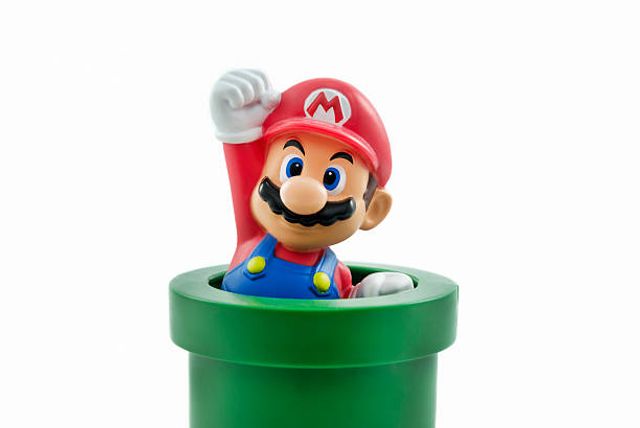
What is gamification? Gamification is the process of applying game mechanics to something that is not a game. The goal of gamification is to increase engagement and performance by driving human emotions. Modern users love games, and video gaming has become an increasingly popular leisure activity among adults, with the amount of time spent playing video games reaching 5.5hrs a week in 2017.
We regularly see gamification in banking, language-learning and healthcare apps. It is used to engage users and encourage them to come back to the app. Usually successful applications that use gamification include animations and illustrations. There are various types of game mechanics that are used within apps the article that I read described the five most popular.
1. Badges and Stickers
People can identify with badges and stickers, it is a method that is used within education and also on video games. You can reward users once they receive a certain amount of points. This might seem like an irrelevant detail to add to an app but people feel gratification from awards and this will encourage them to aim for more rewards and to compete against others, as well as themselves.
2. Leaderboards
A leaderboard is an instantly exciting option, being up against your friends or even people you don’t know encourages you to work to be the best. People get hooked on trying to be the best and will interact with the app if you keep them engaged and make them feel as though winning or the next stage is in sight.
3. Challenges
People love to take on new challenges in order to develop new skills and grow as individuals. Challenges turn mundane or challenging tasks into exciting activities, this technique will motivate users to learn more about your product and try out new experiences within the platform.
4. Points
Point systems track progress, it allows people to see how much they have done and what they have left to do. It boosts the stimulus and helps someone to proceed with a task, if you know that you have only a few points left you might carry on for a little bit longer. This technique is most commonly used in educational language learning apps, productivity and time-management apps, along with task-management apps.
5. Journey
The journey can be used as an educational method of teaching people how to use your app and picking up features along the way. It can feel like a game or adventure picking up new tools along the way which will make the user’s interaction with the product far more engaging.
Constraints
Deadlines and limitations add a sense of motivation and risk. Constraints can bring tension to the task which might make the user resent it or gets them hooked on working harder the next time. Many users prefer constraints as it helps them to direct their efforts efficiently without getting lost in the program.
The transformation of design within technology is elevating the future of business technology and creating a new digital landscape for people to build on top of. In the future, gamification will be a must in all applications, with the standard applications of today falling behind in popularity if they don’t begin to upgrade.
The role of gamification? It’s amazing, fun, and extremely important. Gamification turns the user’s interaction with a product into an unforgettable experience full of adventures, fun challenges, and the pleasure of the win. Different types of game mechanics allow us to create particular experiences and evoke a specific spectrum of the user’s emotions.